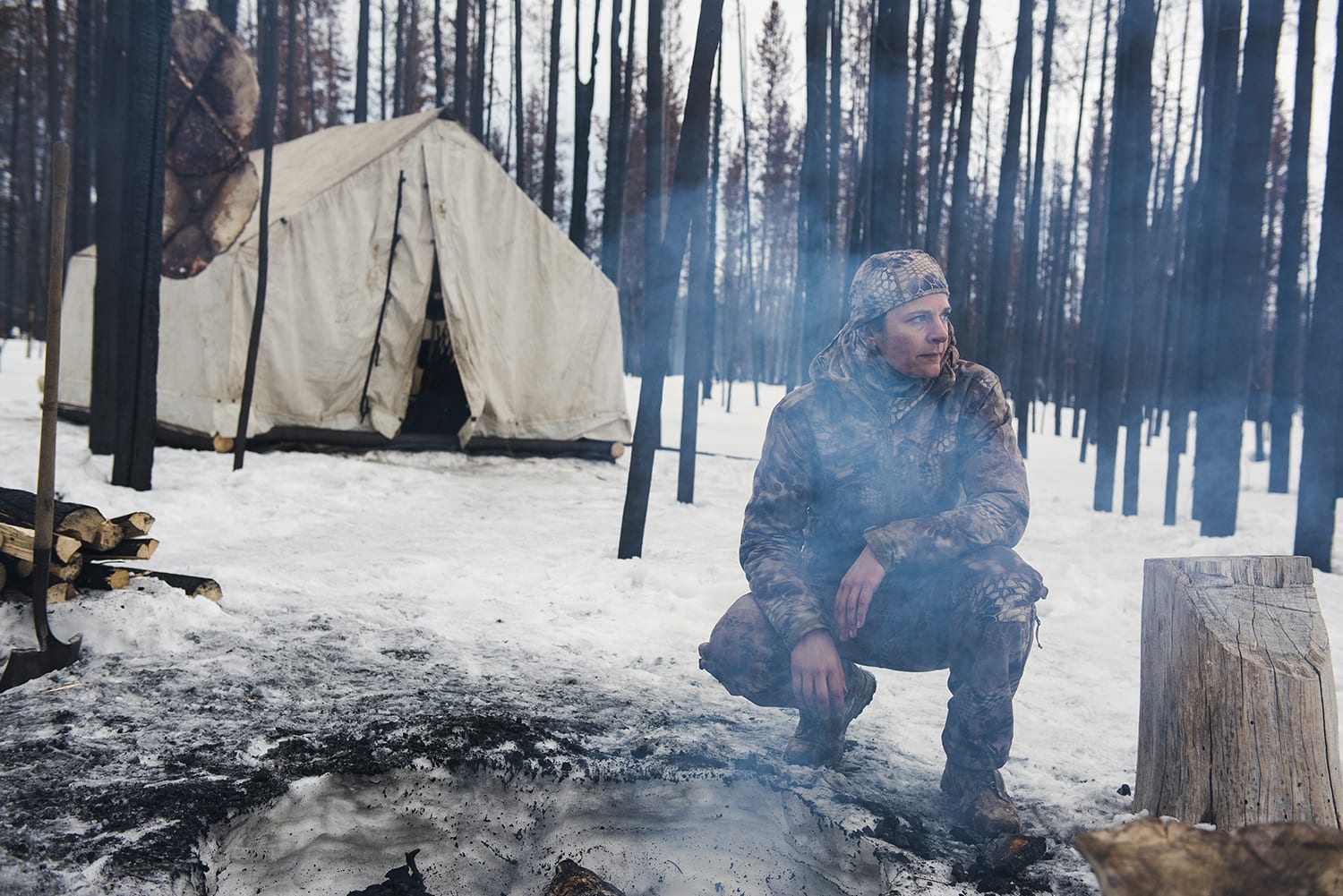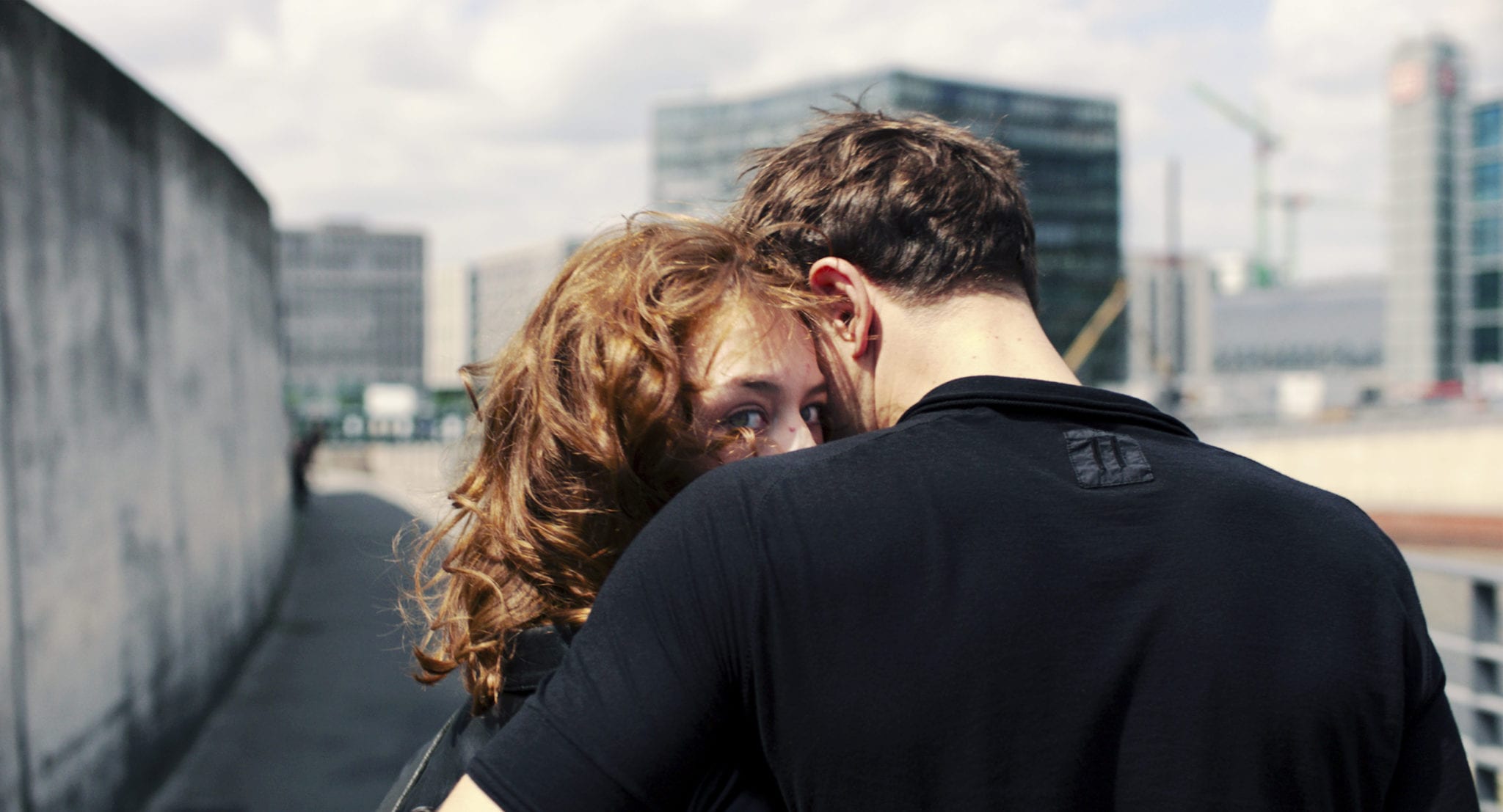
The Last of Us has already been heralded as the best ‘video game-to-filmmaking’ translation of all time. Though, while the craft is certainly of a higher value and precision as the video game movies and shows before it, it certainly shows that director Craig Mazin is still finding his voice as a director.
The Last of Us begins with a interesting interview which essentially serves as exposition to what the state of the world will be like by the time we get into the present time of the story. Oddly enough, it kind of reminded me of the opening scene of TAR where a genius points out all the complex potentials of their craft. But, unlike TAR, in The Last of Us a genius scientist explains the potential for fungi to take over human beings as vessels for their own life, which as we see later turns them into zombies. He explains it in a way that is both complex but also very easy for the audience to understand. In the process, Neil Druckmanm the creator and writer of The Last of Us games, displays his original vision for the story to be about a dangerous world that may come in wake of global warming and climate change. The fungi epidemic that we see is directly linked to that by the doctor explaining the whole pandemic but, as of now, it doesn?t seem to be a prominent theme of the story.
By the time we get into the main story, things start to move fast. The first 40 minutes or so of this 80 minute pilot (which is longer than some feature films) is spent looking at Joel?s daughter, Sarah. It?s clear from this opening segment what Neil Druckman thinks of the military and its power over a democracy. Soldiers are the main antagonists and threats of this opening episode, even more so than the deadly fungi-infested humans who aren?t shown to even kill anyone. Rather, the soldiers dealing with the epidemic and industrial creations like planes are the sources of destruction, a choice that I think is a clear indictment of military overspending in Western democracy (of which the United States is the leader).
This evolves as we go into the present timeline which is set in a dystopian Boston. Here along with several other American Capitals have been turned into locked down quarantine cities fashioned with concrete prison walls and security–a clear allusion to the kind of prison designs common in the United States–to say this is a allusion to the amount of prisons present in the States or their overwhelming racial inequity is yet to be seen. (Though, having a black woman as the leader of the rebellion inside the military dictatorship doesn?t seem too coincidental, as the actor playing that leader returned from voicing the character in the video games.) The whole community in Boston?s QZ zone seems to have a lot of prison-like qualities. Criminal deals being made with guards over drugs and precious food rations are made, rivalries between criminal gangs are made and go wrong during the course of the episode and moments of uprising are crushed by a brutal police force. Druckman?s vision to warn of what a dystopian effort to stay alive might look like seems an awful lot like modern American prisons. Some seem to be just awaiting execution as those who are caught leaving or entering the quarantine zone unauthorized will be put to death and, since they have limited space, their bodies will be burned on corpse fire that burns 24/7.
The story itself is very simple as of now, as Mazin and Druckman do an efficient job setting up this world and its characters through its prologue. More time could have been committed to get engaged with these characters but the nature of this video game story seems to be that the plot is prioritized. One thing the plot does not get in the way of is the shows epic world building. What the production design and art direction team have done here is pretty impeccable with the blending of visual effects and detailed set decoration turned Calgary, Alberta into a truly apocalyptic Americana. The final shot of the episodes displays this the best, showing the rundown city core of Boston with its collapsed and broken skyscrapers looming over our main characters, Joel and Ellie. Gustavo Santaolalla, who I?ve known best for his Oscar-winning score in Brokeback Mountain, has spent more time away composing music for video games including both Last of Us games. His acclaimed work on the games has translated very well to the show giving it the dramatic, gritty and otherworldly tone needed to immerse us in this universe.
Director and showrunner Craig Mazin will no doubt deserve all the accolades he receives for his work on this show. He?s created a show that is rightfully acclaimed and will be hailed by fans as the best video game adaption ever. That is sure to satisfy both those who?ve played the game and those who?ve never heard of Joel and Ellie, like myself. This is amazing, especially considering that it’s only his third directing credit ever. His first was a launch pad, not for him, but another acclaimed franchise writer-director in James Gunn. His second film seemed like a logical higher budget evolution of his work on The Specials as a silly superhero spoof flick. He worked with quite a cast for a picture like this with Drake Bell, Sarah Paxton, Leslie Nielsen, Kevin Hart, Ieith David, Jeffery Tambor, Tracy Morgan and Simon Rex all in different roles. All that history aside, this shows how Mazin is new to dramatic directing. He, of course, earned his stripes and was awarded for Chernobyl where he surely learned from Johan Reck?s work on a apocalyptic-like drama.
Mazin never seems to be making very clear directional choices which isn?t all that unexpected for a man who basically used this pilot as his dramatic directorial debut. Many scenes feel chopped up in a way that lacks tensions where there should be and its constant use of shaky-cam seems out of place. A simple choice that could have worked for the episode is putting the camera on a tripod for the time in which everything seems to be normal and then using creative shaky-cam to intensify moments when they start to be disrupted. He does build a well-curated sense of unease throughout the opening episode and incident using wide shots to allude to dangers outside the frame or ones that remain in the frame but stay out of focus. Mazin is no amateur but hopefully he will get more modest opportunities to direct and hone his skills because, as of now, he?s still developing his voice.
That holds The Last of Us from being truly special for now.
The Last of Us is available to stream on Crave and HBOMax now.




